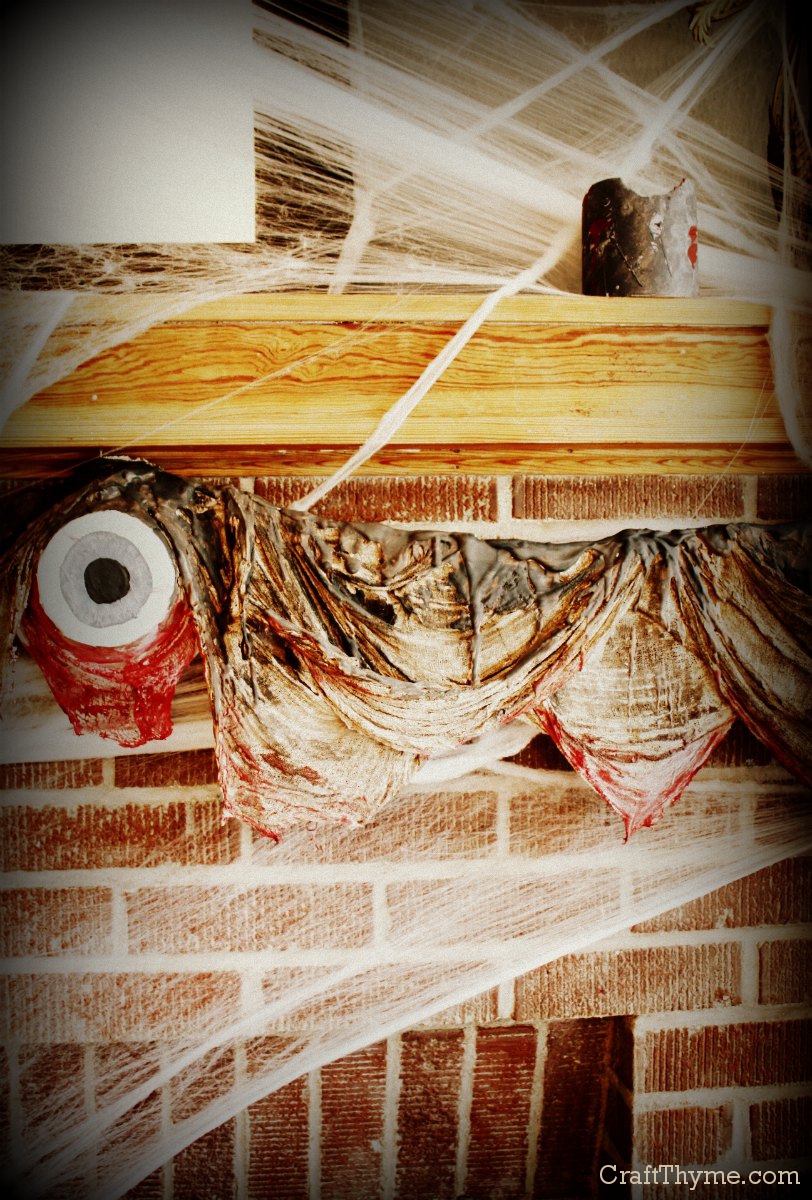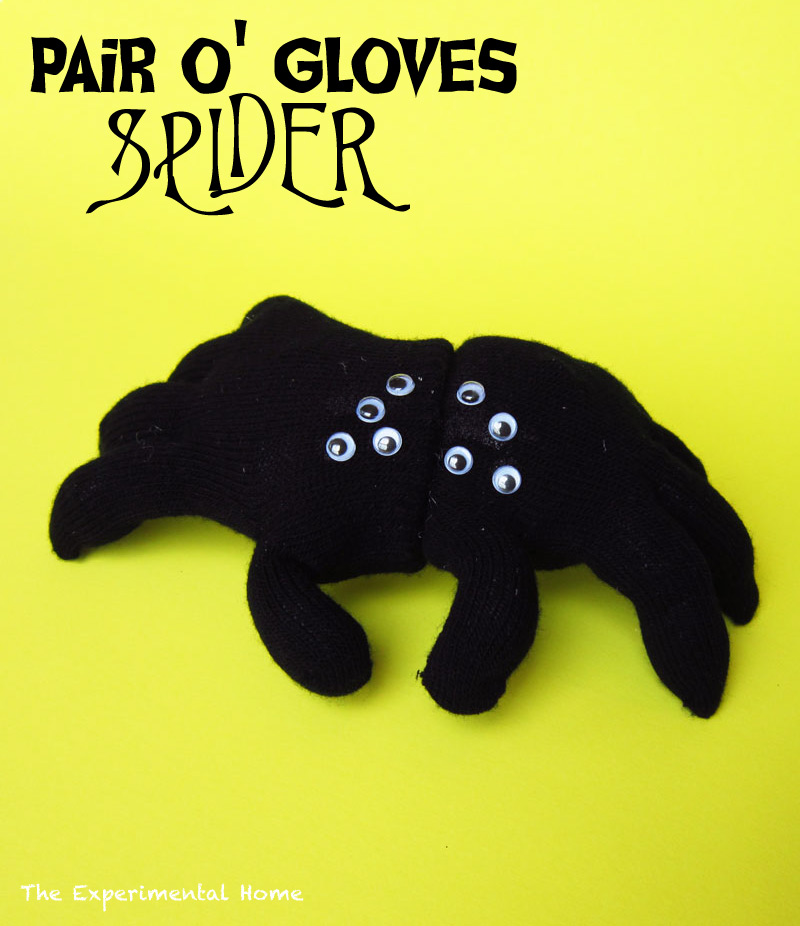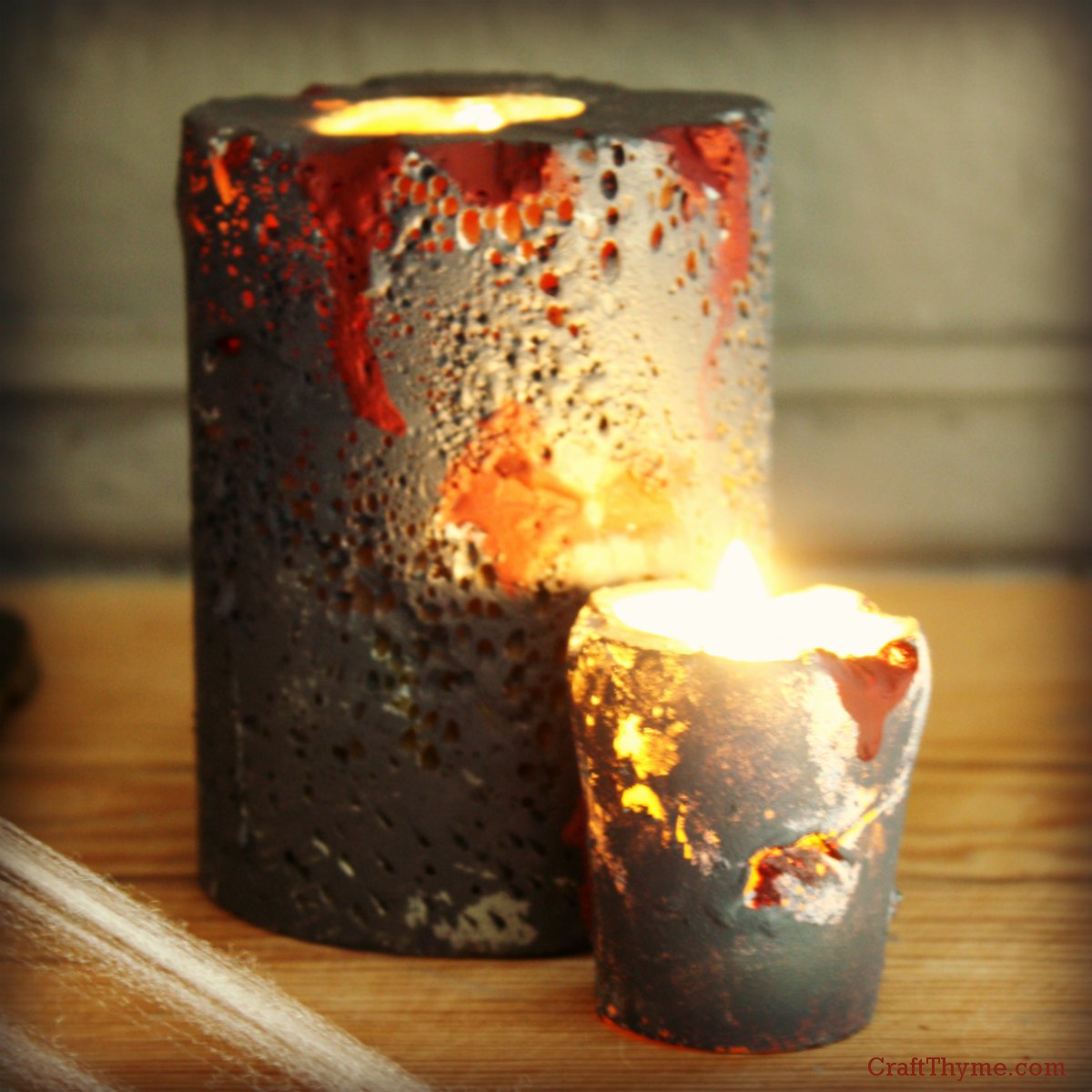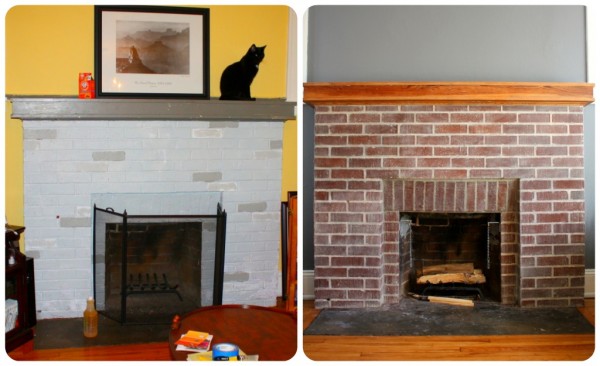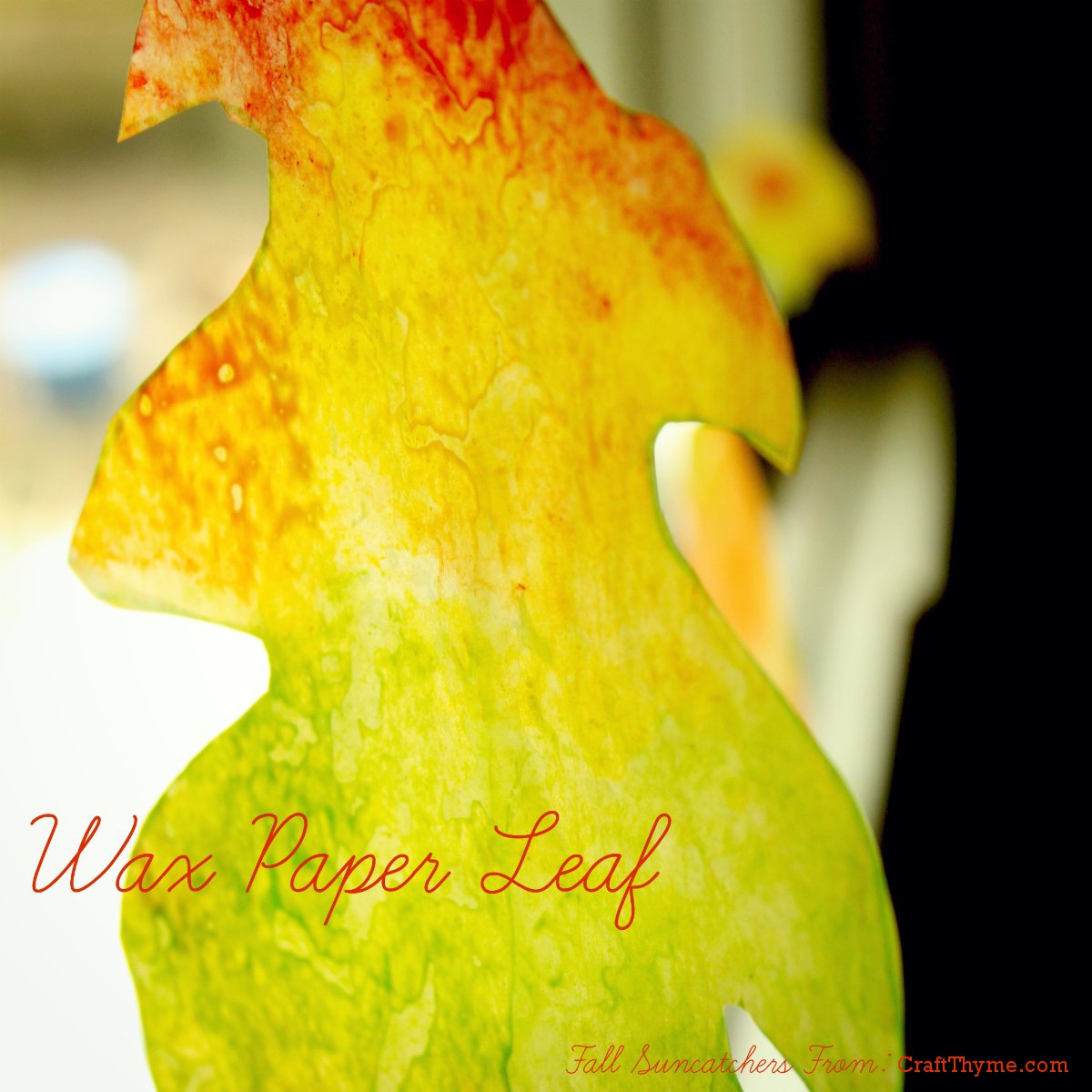
Last week I had the pleasure of doing my first first ever craft guest post at The Experimental Home. I wanted to keep it kid friendly and Autumn themed to blend with both of our website missions. Laura graciously invited me to share these fall leaf sun catchers while making an awesome Spider Tutorial for Craft Thyme:
My guest post and can be found at The Experimental Home in it’s entirety, but I have now added the instructions here as well.
First, I wanted to touch on one awesome thing I learned! I can craft with my kids and collaboratively we can come up with something pretty awesome. So often I regulate ‘kid crafts’ to the refrigerator, but when we work together we can come up with decorations I would be proud to showcase at an adult dinner party.
So thanks to McClain & Conlan! You made these autumn sun catchers awesome!

Now on to the instructions!
Supplies Needed:
Crayons(broken works too; I hate feeling wasteful)
Grater
Wax Paper
Iron
Old Towels (optional if you are neat and tidy)
Step 1: The Great Grate
Did I mention the kiddos are 1 & 3? Yeah so… I grated the crayon. We had little paper plates left over from a party which made it easier for them to pass the colors back and forth. To get an ‘Autumn’ feel I limited them to orange, red, yellow, and light green. Luckily they didn’t even notice Mama was limiting their creativity in the name of aesthetics.
Step 2: Sprinkles and Fights
Pull off a nice large sheet of wax paper. You’ll note it is laying on a pile of old towels. We will get to that in a minute. Let the kids sprinkle crayon shavings all over the paper. Watch the kids get in a squabble over the green, then over the red, then separate the colors and consistently repeat ‘share’ over and over. Give up and hand them each a set of shavings. Relax and sip coffee.

Step 3: Strike While The Iron Is Hot
When the kids are done spreading the crayon gratings about, lay another piece of wax paper on top, scoot them back, and gently iron (Parents only). The boys thought the way the color melted and instantly spread was magical. Please Note: If you are doing this craft yourself a little crayon goes a long way.
Because the crayon does have a tendency to spread I always iron on old towels so if any leaks out of the wax paper I don’t have to worry about stains.

Step 4: Mama Craft Completion
The boys were done crafting, but I finished up by tracing the leaves. Just an FYI: permanent marker works great on wax paper. While, the ran around like crazy kids outside I cut out and hung the leaves from fishing line along the dining room window to create a nice collaborative fall display.


